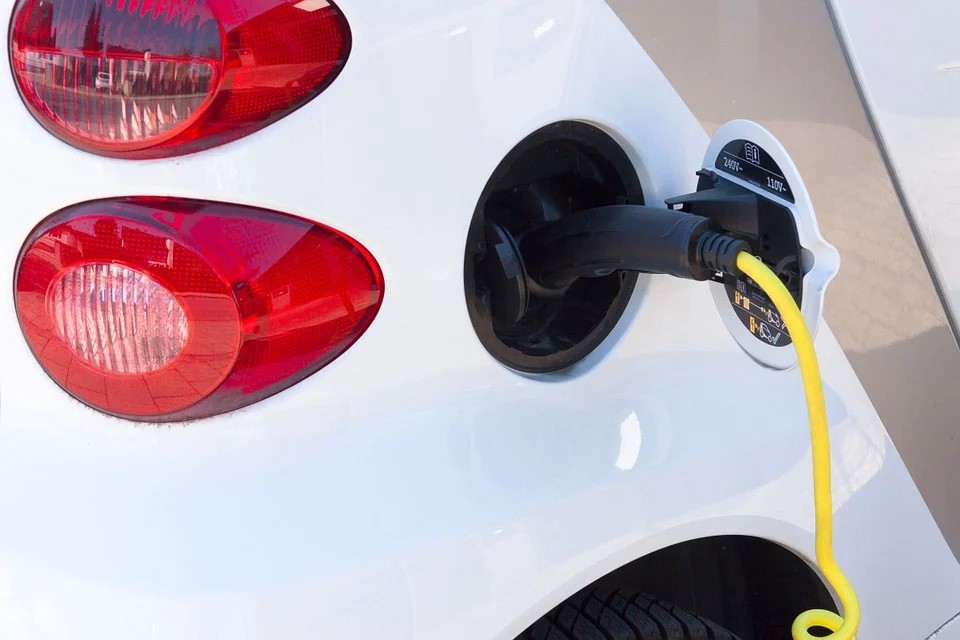ESG
The ESG Phenomenon: Candriam

The latest developments in areas such as ESG investing and impact investment.
Despite the disappointing results of the 29th United Nations Climate Change Conference (COP29) in Baku, Azerbaijan, Alix Chosson, lead ESG analyst for environmental research and investments, and Tanguy Cornet, head of thematic global equity – environment, at global multi-asset manager Candriam, think there are still investment opportunities in the energy transition space.
The energy transition is not a question of ‘if’, but of ’when’ and ‘how’. “Climate change is a physical reality, as seen in the recent deadly floods in Spain. Failing to act now means paying a higher price later, and forcing countries to adapt with far greater socioeconomic consequences,” Chosson and Cornet said in a note.
While warning that political ambition may slow the transition, they see it as an unstoppable trend which will continue to reshape societies. “The decisions guiding this energy transition will be increasingly driven by the pursuit of greater economic competitiveness and the imperative to secure maximum independence in energy supply chains,” they continued.
A delayed transition is the most likely
scenario
Unfortunately, the peak of global emissions is now further away
on the horizon. “The lack of ambition shown in Baku at COP29 and
the election of US president Donald Trump are not signals of
hope, at least in the medium term,” they said. See more
commentary
here on the COP29 results.
“However, on the ground, many technologies key to the energy transition are showing very strong development, first and foremost renewables. Global renewable capacity is expected to grow by 2.7 times by 2030, surpassing countries’ ambitions by nearly 25 per cent,” Chosson and Cornet continued. This represents an additional 5,500 GW of capacity, with about 60 per cent of this growth occurring in China. “While this falls short of the net zero trajectory objective of tripling renewable capacities, it underscores that renewable development is now less driven by environmental regulation and subsidies, and thus less subject to political volatility,” they added.
The Inflation Reduction Act (IRA) in the US showed how regulations can accelerate the transition. Although Trump announced that he would aim for a repeal of this Act, a full repeal is unlikely given its economic benefits in many Republican-led states. “Trump’s anti-environmental stance is likely to focus on symbolic decisions that shouldn’t jeopardise economic growth, such as reducing the power of federal agencies or repealing emissions and pollution controls,” they continued.
“While regulations can accelerate the transition, the rapid deployment of renewables globally is now mostly driven by economic factors. Renewables have become the cheapest source of electricity in many regions thanks to a continuous improvement in their global weighted average Levelized Cost Of Energy (LCOE) – which technological advancements are expected to further reduce,” Chosson and Cornet said. “Meanwhile, thermal power generation is challenged by rising carbon costs and volatile commodity markets.”
Trade tensions
A trade war is brewing between the US and China, and to a lesser
extent Europe, aiming to protect local clean tech industries. The
clean tech sector has become a prime target for protectionism, as
seen in May with tariff
increases on Chinese products such as electric vehicles
(EVs). “However, while the regionalisation of clean tech
supply chains is likely to increase the overall cost of the
transition, it will require even more investments in clean
technologies and their supply chains, creating larger investment
opportunities,” they continued.
How to seize investment opportunities?
Chosson and Cornet believe that investments in the transition are
on track to reach $2 trillion in 2024, a 60 per cent increase
since 2015. Electrification is key to decarbonising the global
economy, and global electricity demand is expected to rise faster
over the next two years. The economic benefits of solar and wind
technologies are also compelling, even without subsidies.
“Upgrading and expanding transmission infrastructure is essential to decarbonise power systems,” they said. In the US, more than 70 per cent of grid transmission lines and transformers are old and vulnerable to power outages, cyber attacks, and susceptible to causing wildfires. According to the IEA, investments in grids must double to over $900 billion annually to meet climate goals, with every dollar invested in renewables requiring another dollar in grids.
“The demand for storage solutions is also rising rapidly. Battery storage capacity was projected to grow by 82 per cent in 2024, with technological improvements allowing to reduce costs and improve efficiency up to 2030,” they continued. In particular, sodium-ion battery technologies and in the longer-term solid-state batteries are expected to help resolve the stationary storage technological conundrum, that has so far prevented energy storage systems from playing the role they should in decarbonising power grids. Chosson and Cornet expect a technological breakthrough to happen in this space before 2030.
They highlighted how the physical reality of climate change remains the same, or worse, even though the political developments of 2024 have challenged the transition to net zero. “This is not the end of our fight for a cleaner, safer planet. Facts are still facts. Science is still science. The fight is bigger than one election, one political cycle in one country,” a senior US advisor said in Baku.
The momentum around the transition is now supported by the drive for increased economic competitiveness and the need to ensure maximum energy supply chain independence, which should mitigate the influence of shorter-term political changes. “Ultimately, in the context of deglobalisation, investments needed for the transition are likely to be higher than expected, creating a wide range of investment opportunities,” Chosson and Cornet concluded.
